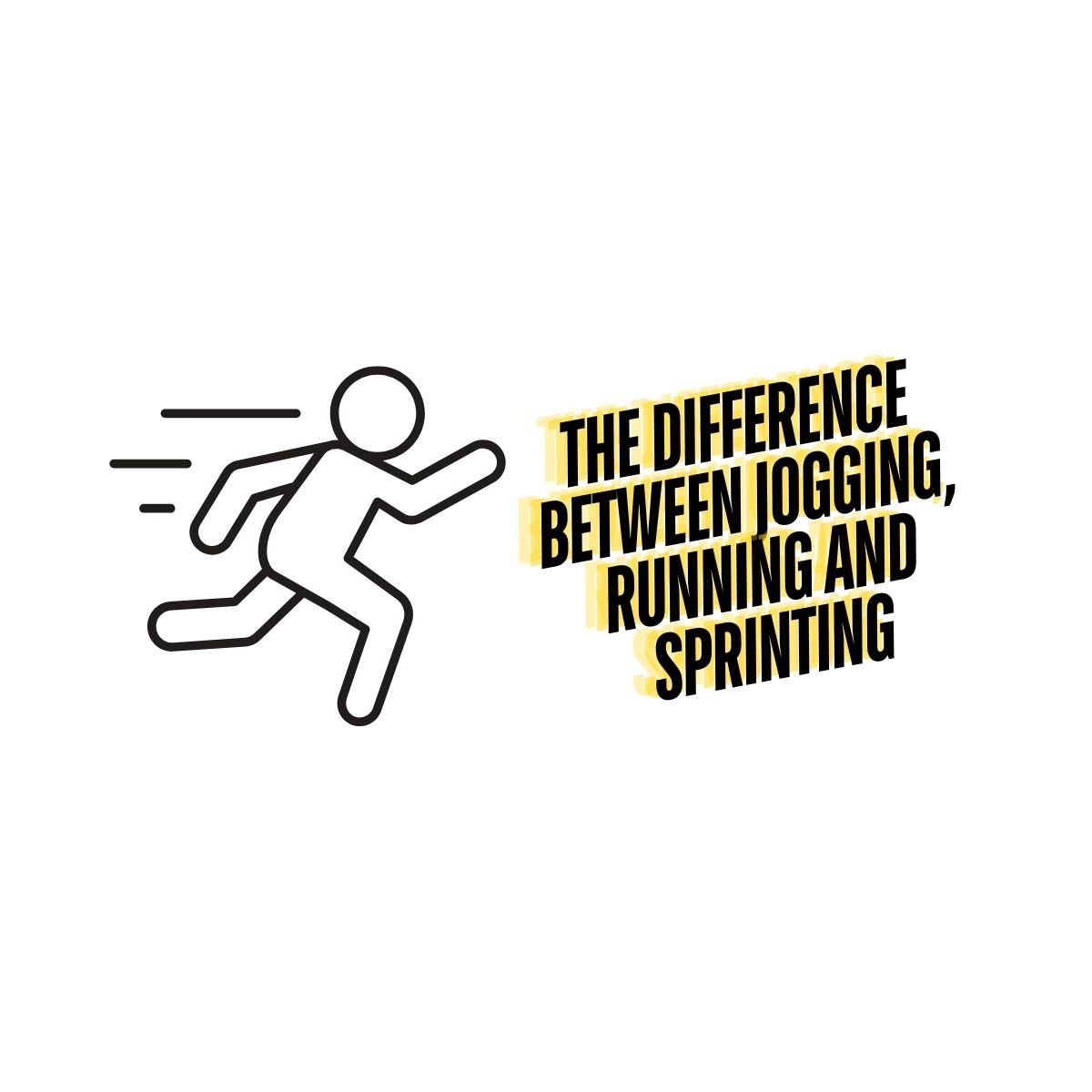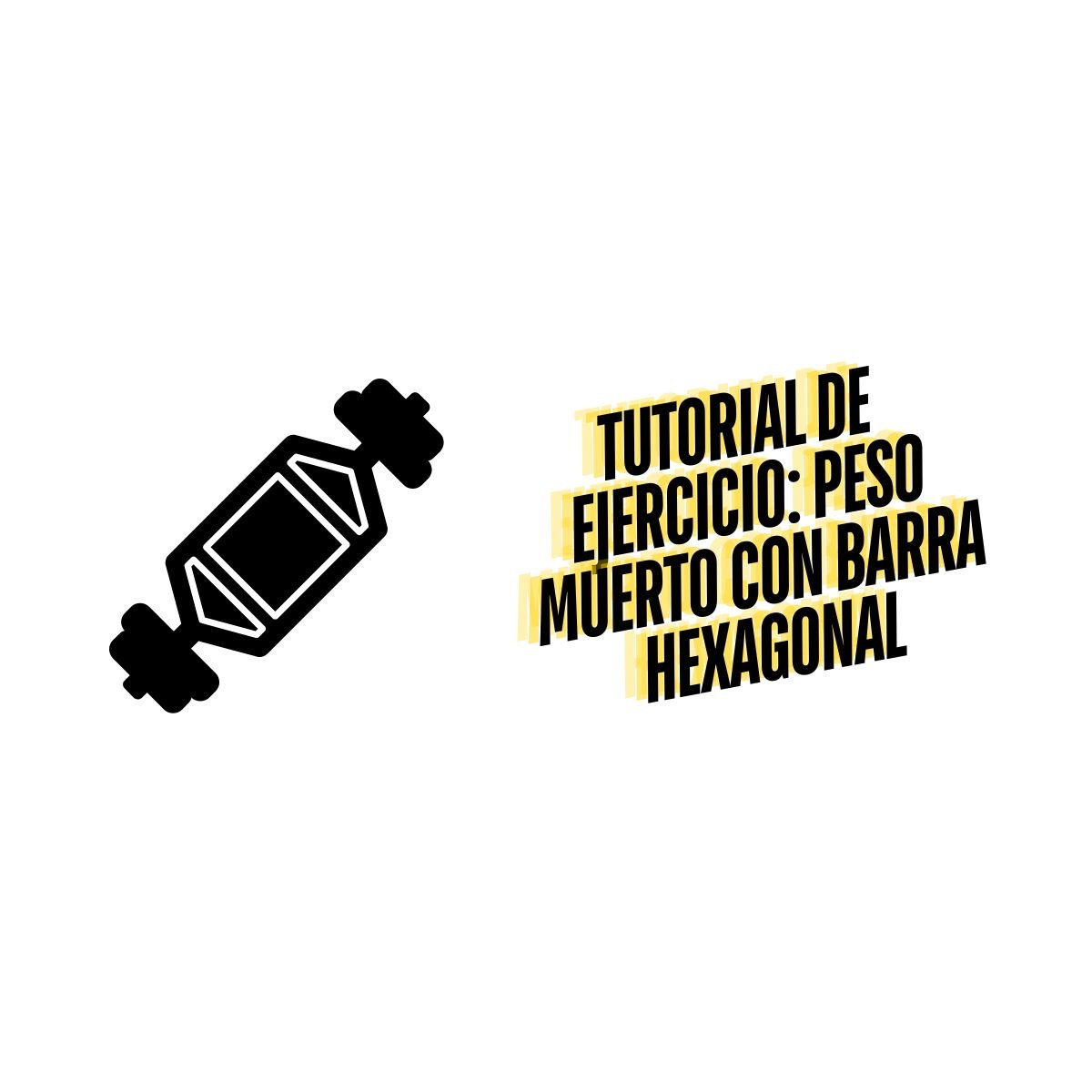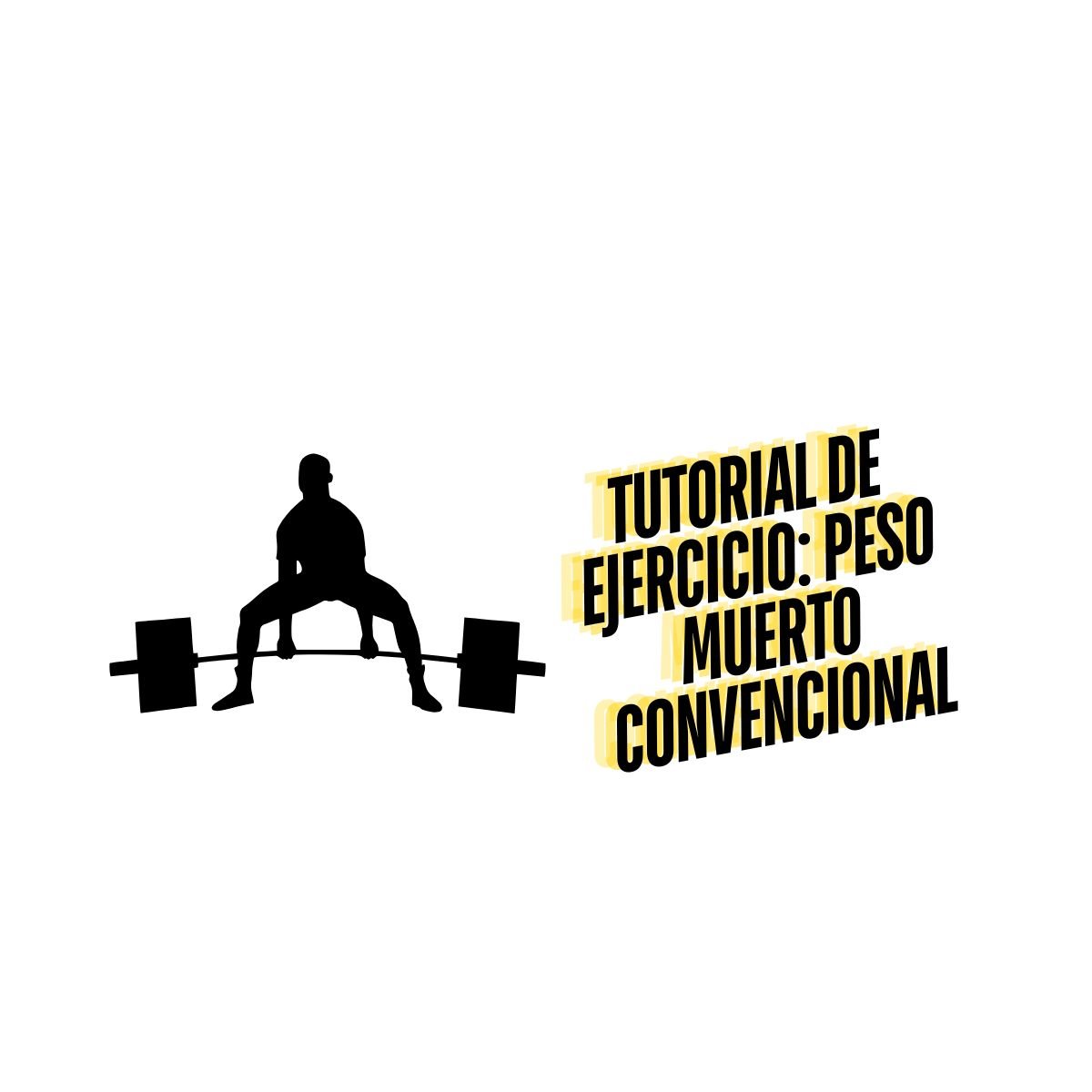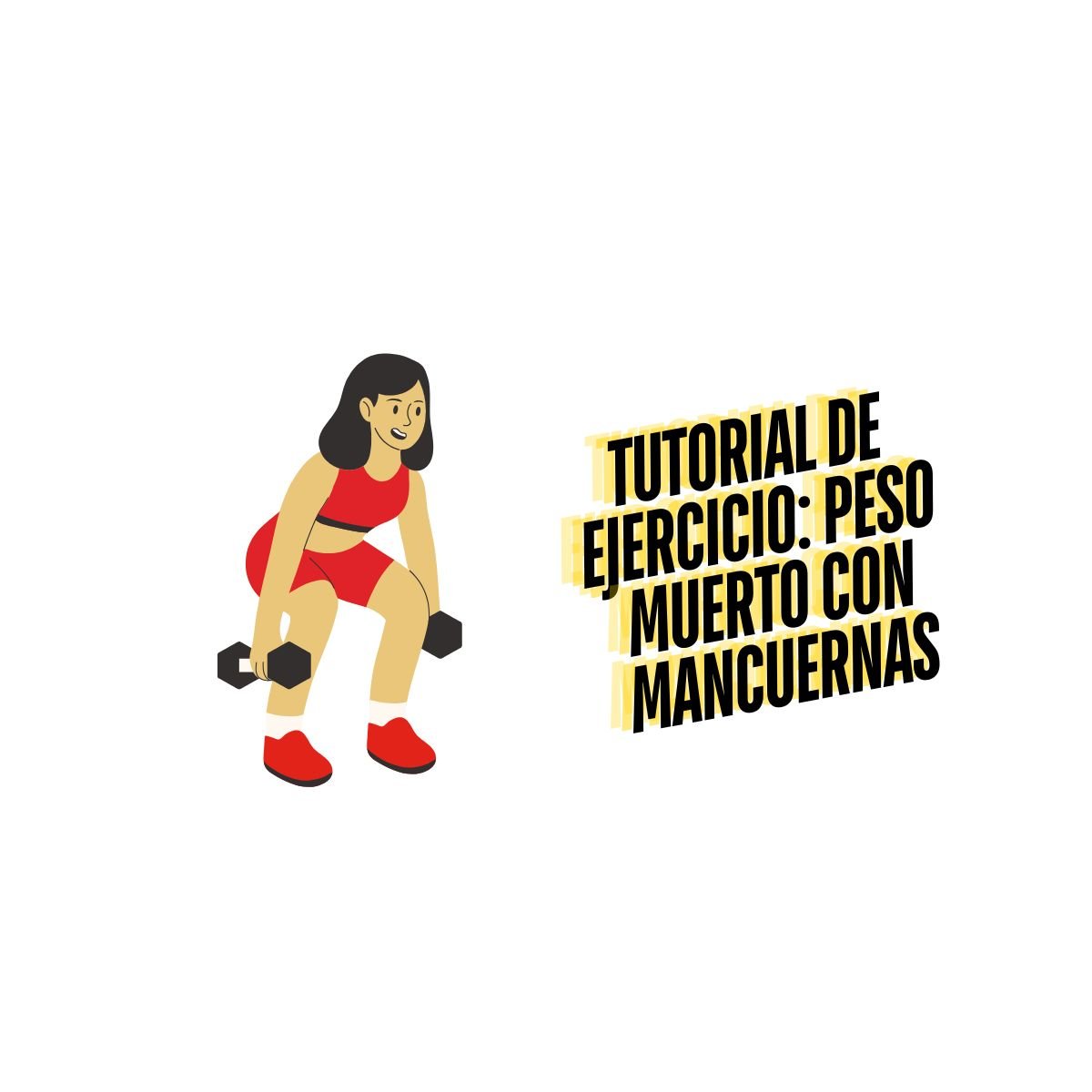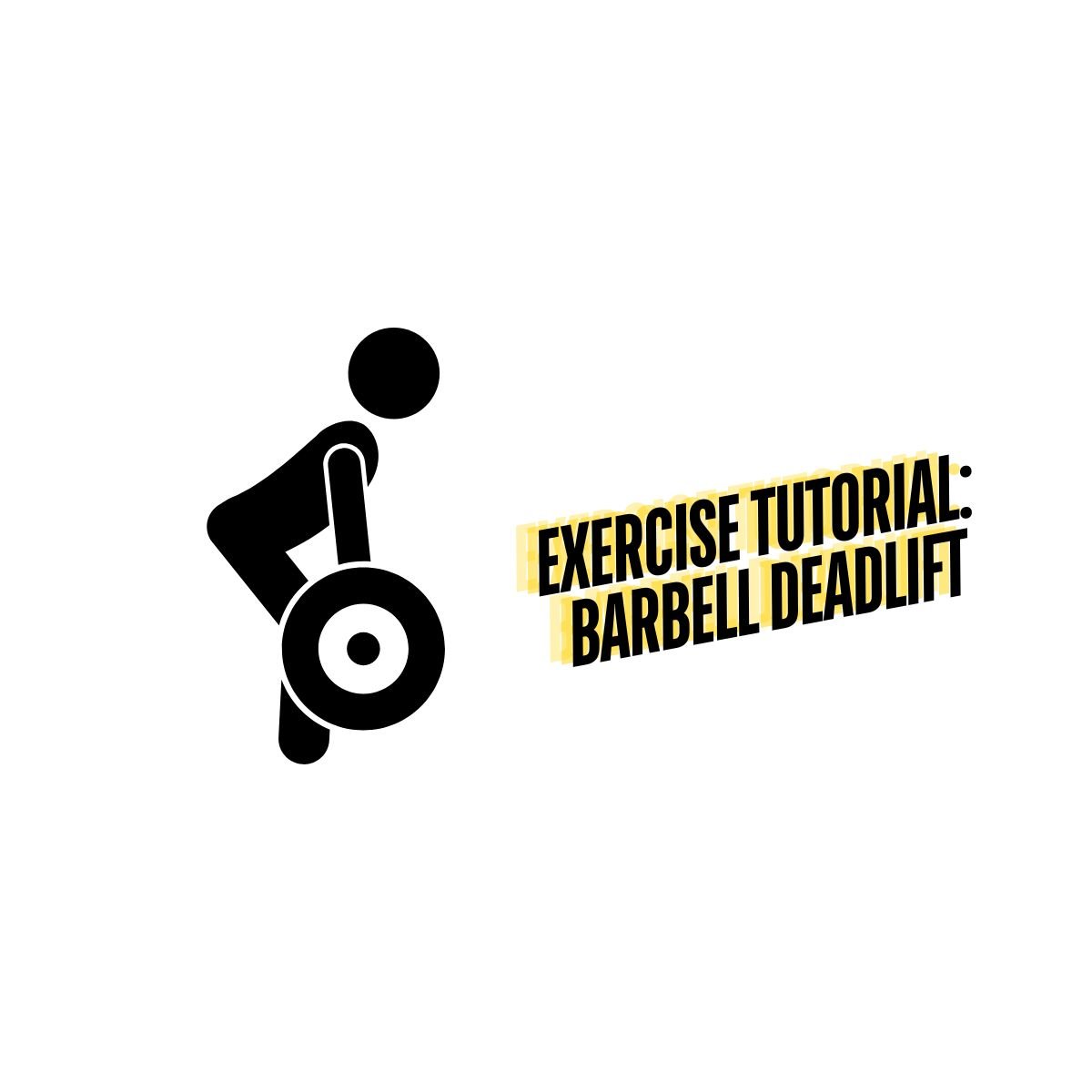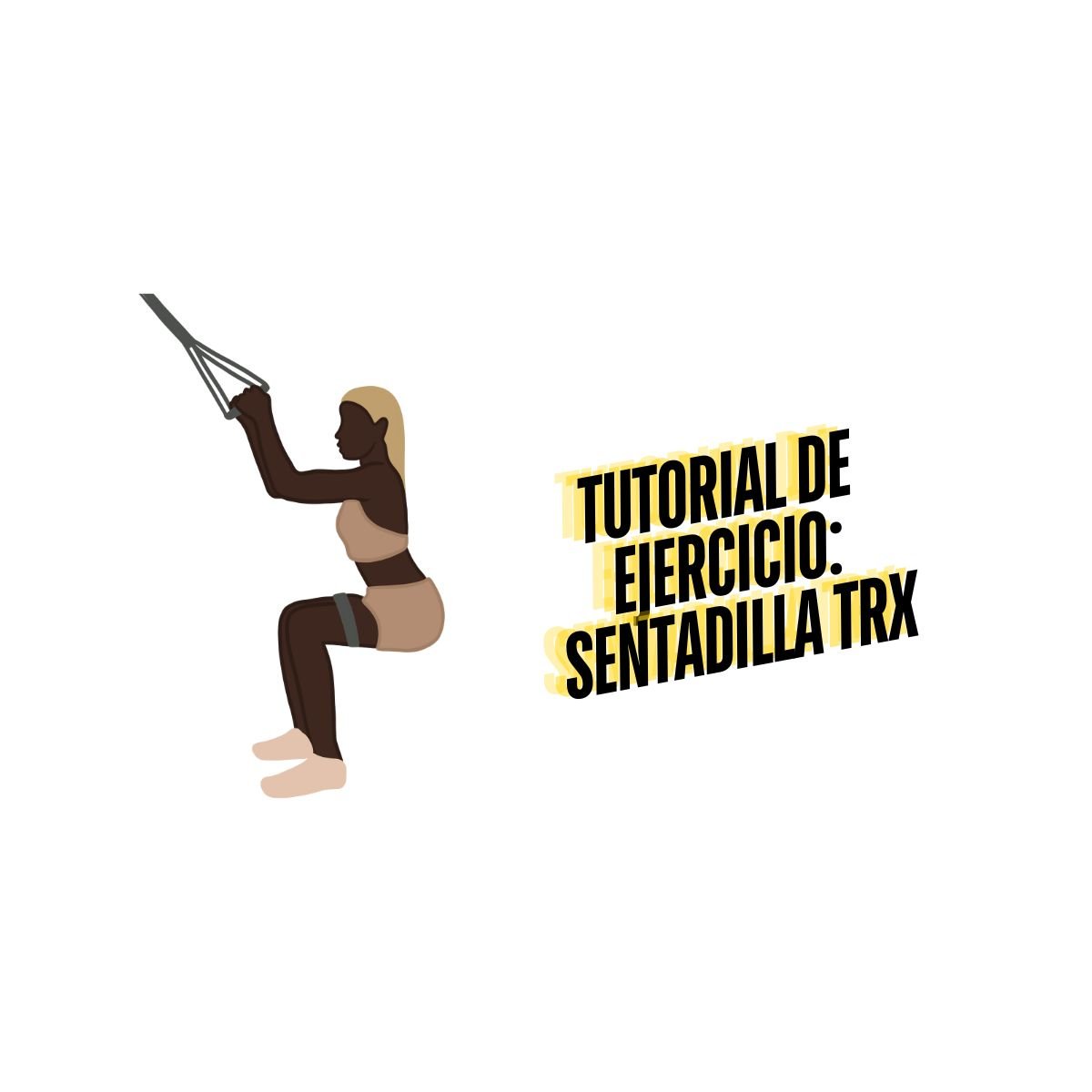The Best Glute Stretches for Improved Flexibility and Enhanced Lower Body Performance
Table of Contents
What Is the Purpose of the Gluteal Muscles?
Let's talk about the gluteal muscles, which are formed by the gluteus maximus, gluteus medius, and gluteus minimus. The glutes are a group of muscles and help to extend, rotate, and abduct the hips. They are involved in many movements such as walking, standing, sitting, and running. With such an imperative role in bodily movement, this muscle group often gets tight or can be weak for some individuals.
Benefits of Glute Stretches
Stretching can also help to relieve any discomfort such as low back pain or tight hips. When tightness is relieved, positive outcomes such as enhanced flexibility, improved range of motion, reduced risk of injury and improved overall mobility can occur.
If you are not sure how to stretch safely or have recently had an injury or surgery, speak to your doctor or therapist before initiating a stretching program. There are two types of stretching that can be used to directly target this muscle group.
Causes of Tight Glutes
One of the main causes of tight glutes is sitting down for long periods, a common experience for those with office jobs that require sitting from 9 to 5 at a desk. Tightness can also be related to past injuries that cause certain muscles to compensate for others.
Why Should We Incorporate Glute Stretches into Our Daily Routine
Stretching is a crucial part of an exercise routine that many individuals may not think is important, or rush through. Without proper stretching both before and after a workout, you may be more susceptible to an acute injury or chronic overuse injury. While often regarded as a chore, try using the time stretching before a workout to get into the right mindset and focus. The time stretching after a workout can be used as a time to focus on your breathing and decompress. There are two types of stretching you can complete that go hand in hand with this idea. Keep reading below to find out!
Preparation for Glute Stretches
Before stretching the glutes, it's crucial to ensure that the body is warmed up to make the stretching more effective. Dynamic stretches can help increase synovial fluid in the joints, which is beneficial for warming up. A light warm-up or even getting a little sweat going can prepare the body for stretching.
Different Types of Glute Stretches
Static Stretching
Static stretches are most commonly performed after a workout for 5-10 minutes. These stretches are stationary and involve holding one position for 15-30 seconds each. Static stretching presents a great opportunity to work on deep breathing and bringing the body back to equilibrium after a workout or game.
It is important to remember to incorporate stretching into your routine even when you have days off or are in an offseason. The idea of “use it or lose it” holds true for your mobility!
Dynamic Stretching
Dynamic stretching is most commonly performed before a workout for 10-15 minutes. This type of stretching involves moving muscles and joints through their full range of motion to warm them up and promote blood flow. This type of stretching is beneficial to increase the range of motion when practiced routinely. As well, dynamic stretches can mimic the movement of various activities and sports. Ensure to repeat each movement in a dynamic stretch at least 10 times or more to fully prepare your muscles and joints for movement.
Best Static Glutes Stretches
Lying Crossover Stretch
While lying flat on your back, bring one leg straight up and across your body, with the opposite hand grab at the knee and pull towards the floor to adjust the degree of stretching. Switch legs and repeat the movement.
Seated Spinal Twist or Seated Knee Hug
Sit flat on the floor with your legs extended flat out in front of you. Bend your left leg towards your chest and place your left foot on the outside right of your right knee. Pull your bent leg towards your chest until you feel a stretch. Switch legs and repeat the movement.
Sitting Pigeon Pose
While seated on a chair, bring your left leg up and rest your left ankle just above the right knee. Lean forwards to increase the intensity of the stretch. Switch legs and repeat the movement.
Best Dynamic Glute Stretching
Squat Shifts
Using the bottom position of the traditional squat allow yourself to shift your body weight into one leg and keep switching sides.
Safety Tips and Precautions for Glute Stretching
Remember not to push beyond comfortable levels or pain thresholds. Tight glutes will not be improved by forcing stretches beyond what is comfortable. As recommended, ensure you're warmed up so you can safely extend your stretching capabilities. Below, we will highlight recommended repetitions, sets, and durations.
Duration and Frequency of Glute Stretches
The duration and frequency of glute stretching vary among individuals. Beginners typically start with one to two sets of stretches, holding each stretch for 10 to 30 seconds on each side. This is usually done after a workout.
Glute Stretching Example Routine
After performing a warm-up and either a resistance training workout or a run, consider the following glute stretching routine:
Perform 2-3 sets of each stretch, holding for approximately 15 seconds:
Pigeon Stretch
Figure-Four Stretch
Seated Stretch








